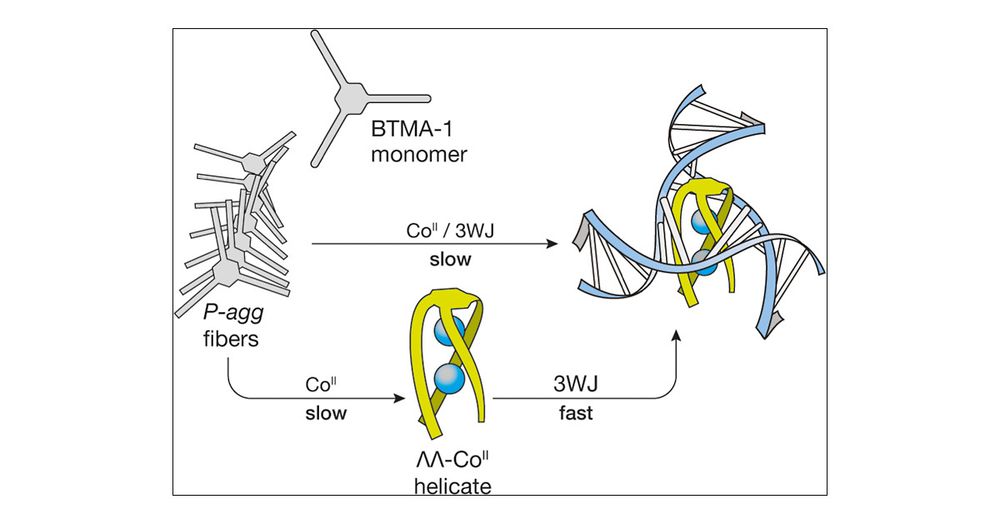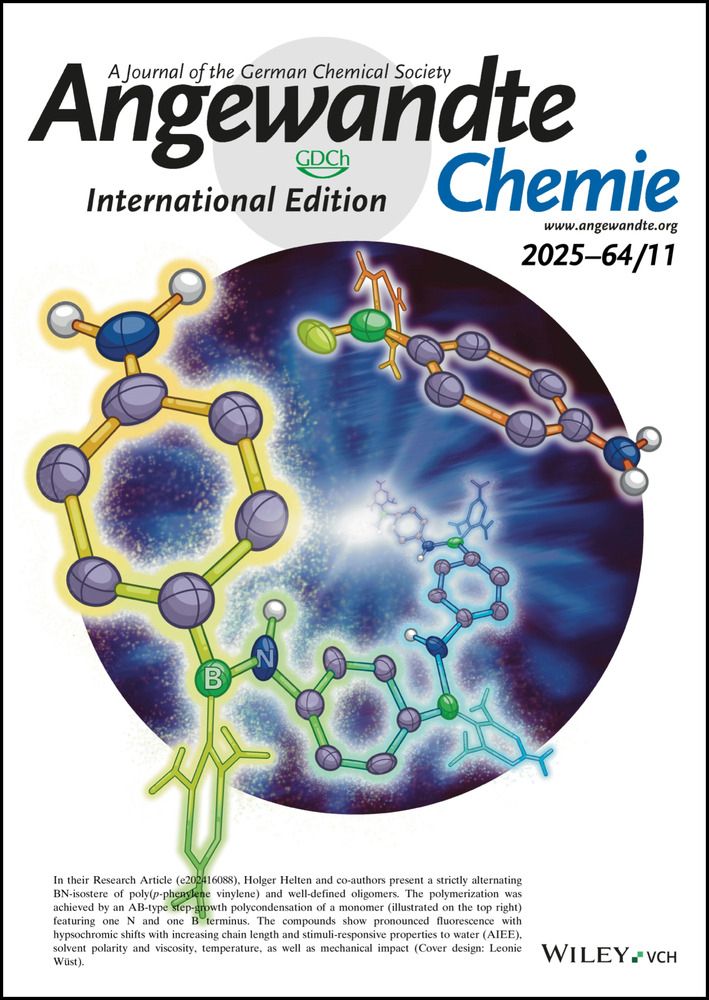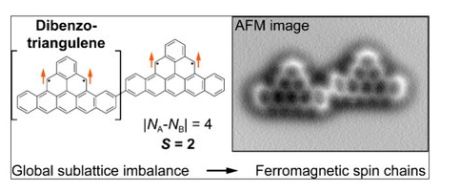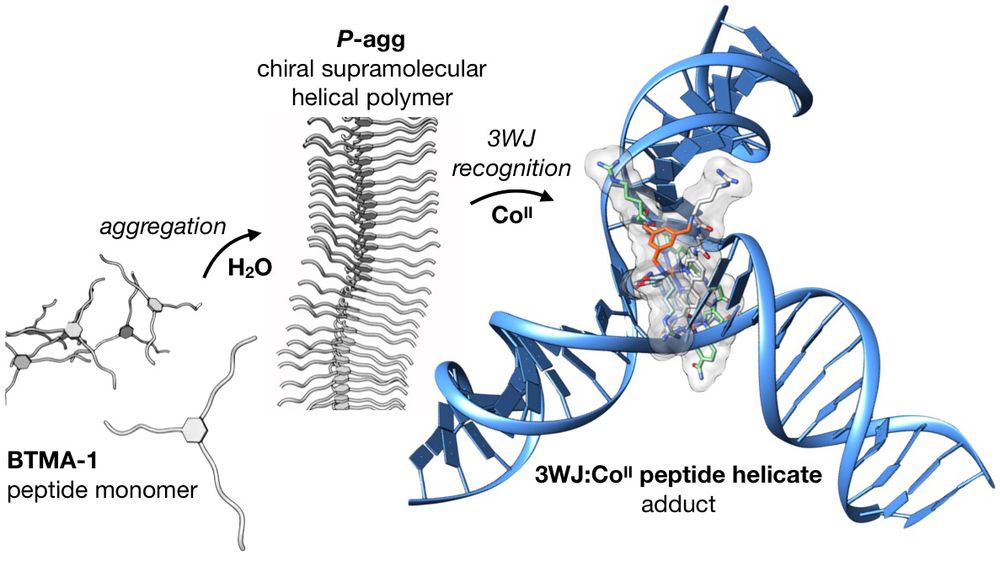
SUPRAMOLECULAR AND POLYMER CHEMISTRY—Helix—
www.felixfreire.com
Full Professor Universidade de Vigo
CINBIO
The Chirality Medal recognises outstanding contributions to the field of molecular chirality.
Submit your nomination and help us honor excellence in asymmetric science!
👉 chirality2026.org/chirality-me...
#Chirality2026 #ChiralityMedal
The Chirality Medal recognises outstanding contributions to the field of molecular chirality.
Submit your nomination and help us honor excellence in asymmetric science!
👉 chirality2026.org/chirality-me...
#Chirality2026 #ChiralityMedal


🧪 Full story: www.usc.es/ciqus/en/new...
#FondosEuropeos #RedeCIGUS

🧪 Full story: www.usc.es/ciqus/en/new...
#FondosEuropeos #RedeCIGUS
Our new paper is out in JACS!
👉 pubs.acs.org/doi/10.1021/...
“Unlocking a Biological Interface of Chiral Supramolecular Helical Polymers”
#DNAjunction #SupramolecularChem #ChemSky
@acs.org @pubs.acs.org @jacs.acspublications.org

Our new paper is out in JACS!
👉 pubs.acs.org/doi/10.1021/...
“Unlocking a Biological Interface of Chiral Supramolecular Helical Polymers”
#DNAjunction #SupramolecularChem #ChemSky
@acs.org @pubs.acs.org @jacs.acspublications.org

pubs.rsc.org/en/content/a...
pubs.rsc.org/en/content/a...



📄Together with @felixfreirelab.bsky.social & @glowsticks.bsky.social, we show how a molecule assembly into a helical polymer or a 3WJ-binding helicate via external stimuli.
🔥New paths for supramolecular polymers in ChemBio!
🔗 Read: chemrxiv.org/engage/chemr...
#ChemSky

📄Together with @felixfreirelab.bsky.social & @glowsticks.bsky.social, we show how a molecule assembly into a helical polymer or a 3WJ-binding helicate via external stimuli.
🔥New paths for supramolecular polymers in ChemBio!
🔗 Read: chemrxiv.org/engage/chemr...
#ChemSky
pubs.rsc.org/en/content/a...
pubs.rsc.org/en/content/a...





